I'm very excited about the progress of the Hologram Pi-ramid. At this point I'm just one step away of testing the Pepper's Ghost principle.
In the previous blog post, I've covered the 3d printed parts and some assembly. Such parts will help in the construction of the Plexiglass pyramid too as they will provide support when gluing the pyramid which is made of 3 pieces of 2mm thick (0.08 inches) clear Acrylic -also known as Plexiglass among many other names. To cut the Plexiglass I used a Plastic/Laminate Scorer and only needed three or four passes for each cut with clean results. To avoid scratching the Acrylic I added some blue masking tape as can be appreciated in some of the pictures.
| {gallery:width=960,height=768,autoplay=false} Cutting Plexiglass Pyramid |
|---|
Scoring Plexiglass: Scoring Plexiglass/Acrylic with a Plastic/Laminate Scorer |
Plexiglass pyramid cutting: Plexiglass pyramid - before cutting preparation |
Plexiglass pyramid front piece: Front piece (Plexiglass/Acrylic pyramid) |
Plexiglass pyramid assembly: Technical drawings Acrylic/Plexiglass pyramid |
To bond all the Plexiglass pieces together I used Methylene chloride, also known as dichloromethane or DCM; a fast drying solvent that welds some plastics by softening the polymer and fusing it together, which I applied with a small blunt tip syringe allowing it to flow along the surfaces to be joined via capillary action. To add support I used some of the 3d printed parts assembled together, a rubber band and a little help of gravity.
| {gallery:width=960,height=768,autoplay=false} Gluing the Plexiglass Pyramid |
|---|
Welding Plexiglass: Welding the Plexiglass/Acrylic with Methylene chloride |
Zoomed-in weld: Zoomed-in Plexiglass/Acrylic weld |
As can be appreciated results are very good, the Plexiglass pyramid seems sturdy enough and can be removed/placed in the project easily -as seen on the video- which is one of the features I had planned which I will be covering in more detail in a later entry.
Blogs in this series
- Hologram Pi-ramid - Intro and initial design
- Hologram Pi-ramid - 3D CAD/CAM design
- Hologram Pi-ramid - 3D printed parts and initial assembly
- Hologram Pi-ramid - Plexiglass Pyramid
- Hologram Pi-ramid - My name is Automan
- Hologram Pi-ramid - PCB Design
- Hologram Pi-ramid - Painting the 3D printed parts
- Hologram Pi-ramid - Electronic Parts
- Hologram Pi-ramid - Displaying Holograms
- Hologram Pi-ramid - Project complete!

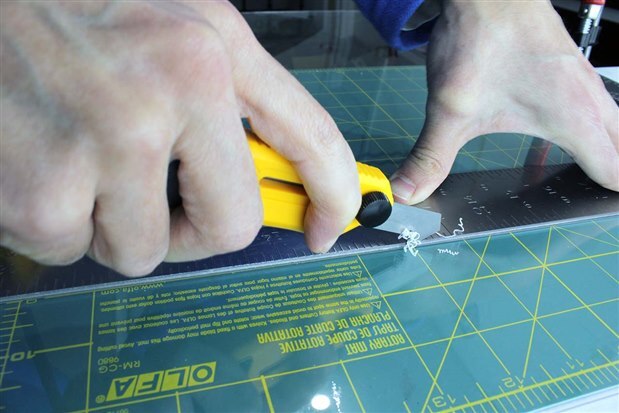
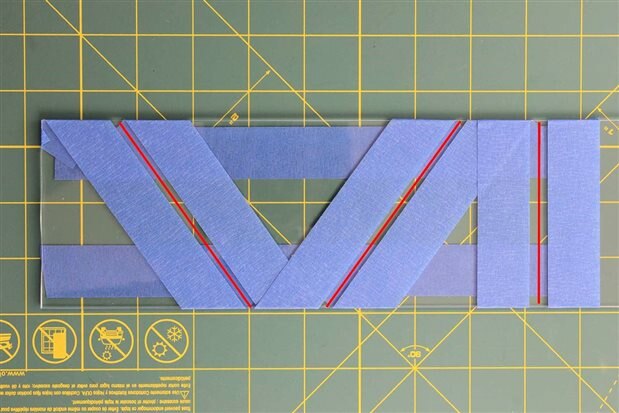
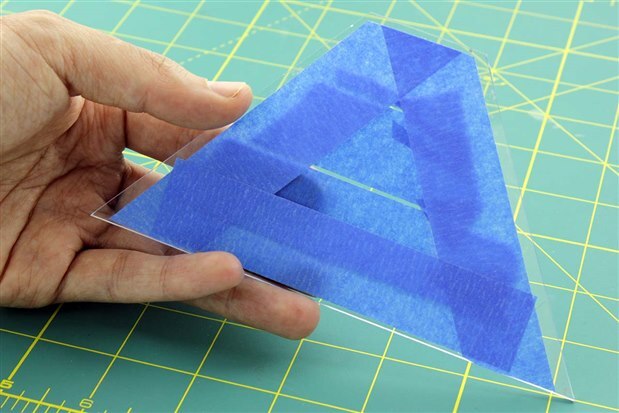
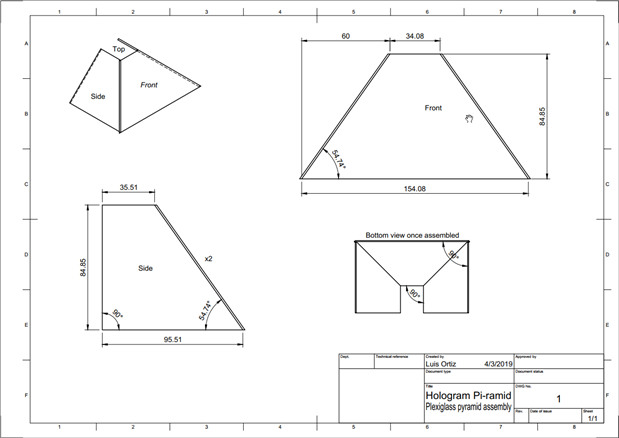
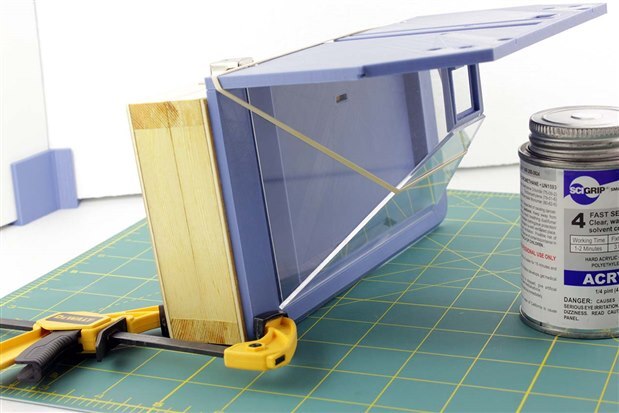
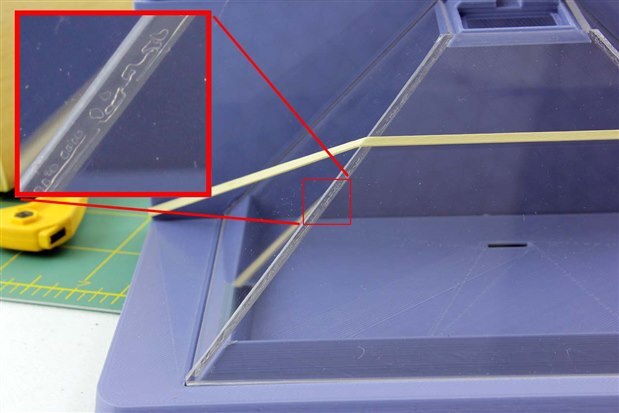
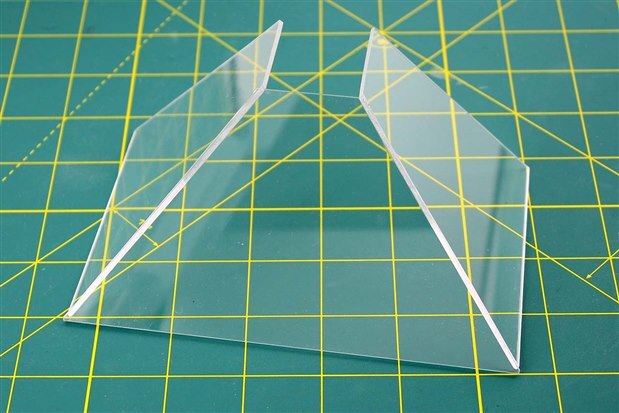


Top Comments
-

balearicdynamics
-
Cancel
-
Vote Up
+6
Vote Down
-
-
Sign in to reply
-
More
-
Cancel
Comment-

balearicdynamics
-
Cancel
-
Vote Up
+6
Vote Down
-
-
Sign in to reply
-
More
-
Cancel
Children